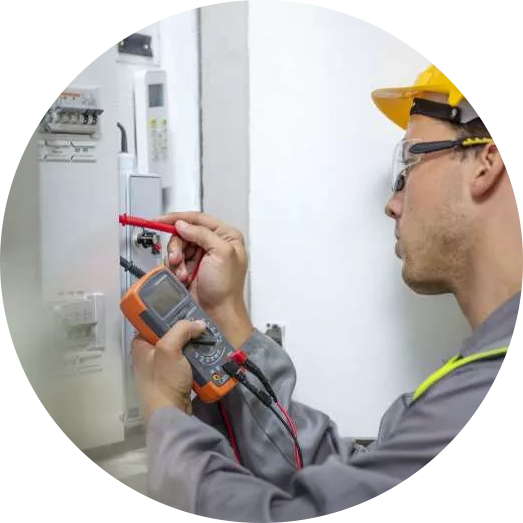
Prompted by Eskom, in an attempt to provide electricity to wider sectors of the population, companies have been providing systems for prepaid Electricity since 1989. In 1990 Eskom elaborated on its requirement for prepaid electricity meters to what has become known as the NRS009 specification. Based on the NRS009, the South African Bureau of Standards produced a meter specification named the SANS1524 which forms the basis for the international IEC standard. By 1993 there were approximately 200 000 prepaid meters increasing at a rate of 300 000 per year from 1994 to the year 2000.
To enable the vending systems to transfer credit to all types of meters it was necessary to develop a standard transfer protocol to be shared by various meter manufacturers. This came to be known as the "Standard Transfer Specification" (STS) which is the basis of prepaid meters using a keypad.
In September 2014 an Umhlanga resident was approached by a company named “Sustainable Energy” and was offered to purchase a meter (based on a pledge of saving on electricity charges) only to discover later that such meter purchase was a scam. The resident then lodged a complaint with the South African police and disseminated his story with the local media which rapidly spread across South Africa. A few weeks later an unrelated article on Carte Blanche depicted how prepaid electricity companies exploit the public. This broadcast, although arising public sympathy, did not provide a comprehensive background to the realities of payment defaults or billing challenges facing Landlords and Municipalities.
Incidents, such as described above, hurt the goodwill of our industry. It is important to understand the workings of our business, hence averting wrongful assignment of blame, and more importantly educating consumers so as to avoid similar incidents in the future. We believe that our industry ultimately provides a positive contribution to all members of the public.
Copyright © 2014 USPA - All Rights Reserved.